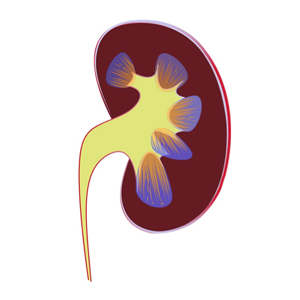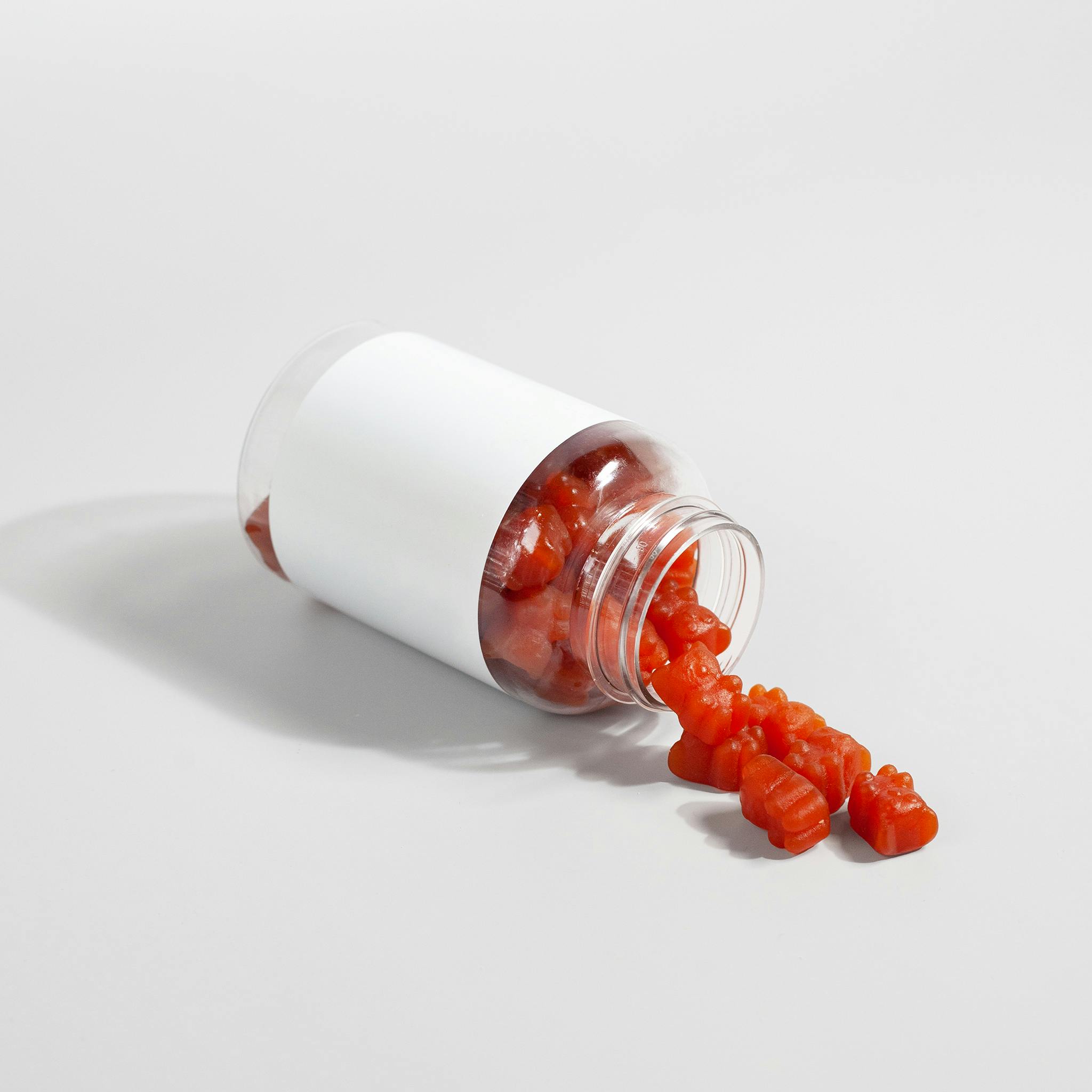 https://doi.org/10.4081/pmc.2023.309
https://doi.org/10.4081/pmc.2023.309
Uretero-pelvic junction obstruction in children: Is vascular hitch an effective and safe solutions in very long term outcome? Report of 25 years follow-up

All claims expressed in this article are solely those of the authors and do not necessarily represent those of their affiliated organizations, or those of the publisher, the editors and the reviewers. Any product that may be evaluated in this article or claim that may be made by its manufacturer is not guaranteed or endorsed by the publisher.
Authors
Vascular (VH) according to Hellstrom-Chapman technique is considered a safe and effective alternative approach to pure extrinsic Ureteropelvic Junction Obstruction (UPJO) with good results in short and medium term, but few data are available on long and verylong term outcomes. Our aim is to evaluate VH long and very-long term outcomes in patients treated in pediatric age focusing on relapse, development of hypertension and/or inferior polar kidney hypotrophy during puberty and adulthood. From 1990 to 2015 in our Department 76 children were treated by open or laparoscopic VH for pure extrinsic-UPJO. We were able to contact 54 of 76. 41 patients (25 males, 16 females) accepted to be studied. Mean follow- up time was 12.7 years (range 6-27 years); mean age at the assessment was 22.2 years. We excluded patients who were younger than 13 (if females) or 14 (if males) at the assessment (upper limits of physiological puberty onset). Patients were followed with US, MAG-3-scan and arterial blood pressure measurement. Collected data were compared with the preoperative ones by Student t-test. 95% of US images and MAG-3-scan reports were compatible with complete resolution of obstruction with good renal functionality. 87% of patients were completely healthy. We recorded 3 cases of hypertension (7%) not secondary to renovascular origin; 2 cases with recurrent flank pain (5%) with slightly dilated pelvis at the US and sub-obstructive pattern at MAG-3-scan with preserved renal function. Our experience confirms that VH, (open/laparoscopic) is a safe and effective procedure with good outcomes at very longterm follow-up. No patients at puberty and in adulthood required reoperation or presented polar hypotrophy and related vascular hypertension. VH is an alternative approach to pure extrinsic-UPJO. There were few data about long and very-long term outcomes in patients after this kind of surgery. We followed-up 41 patients confirming that VH (open/laparoscopic) is safe and effective with good long-term outcomes.
How to Cite

This work is licensed under a Creative Commons Attribution-NonCommercial 4.0 International License.
PAGEPress has chosen to apply the Creative Commons Attribution NonCommercial 4.0 International License (CC BY-NC 4.0) to all manuscripts to be published.








